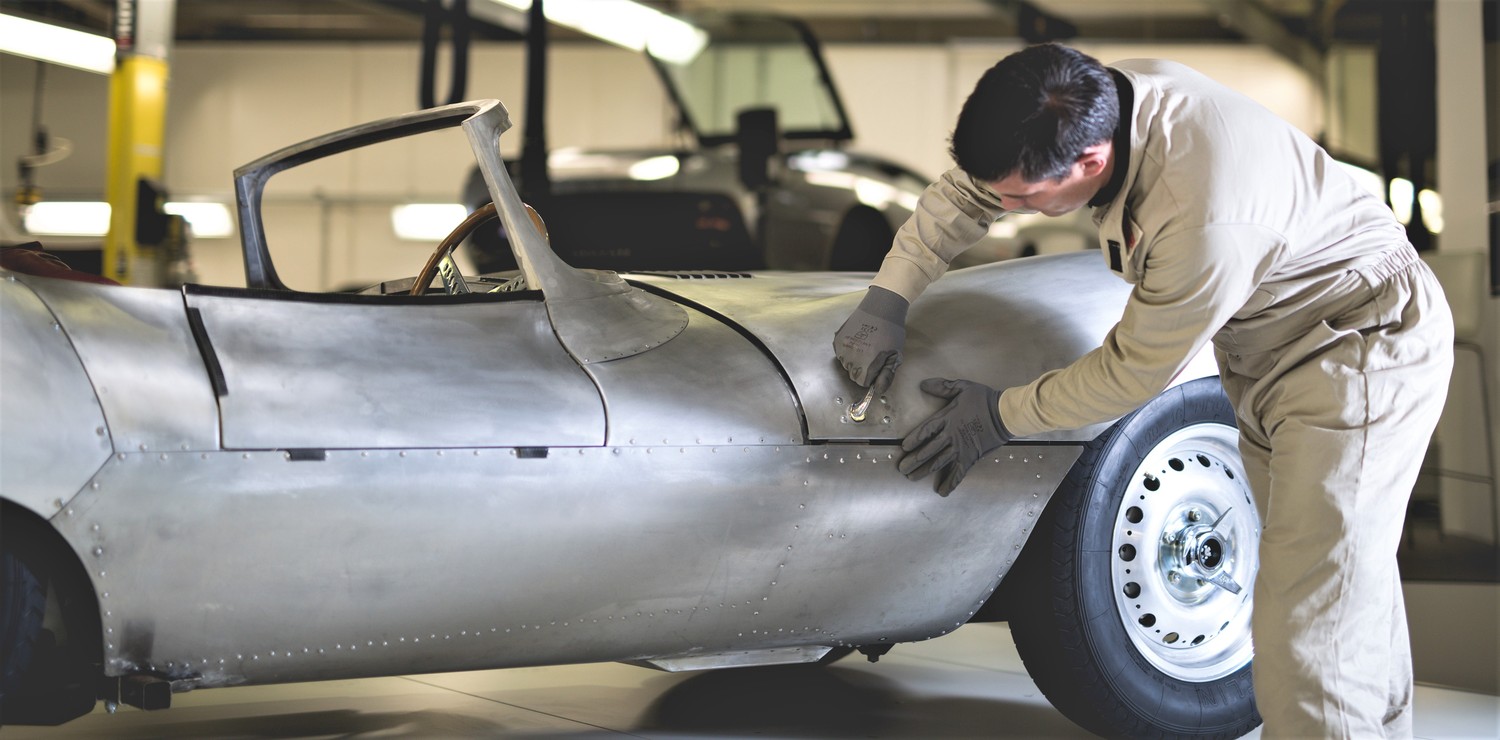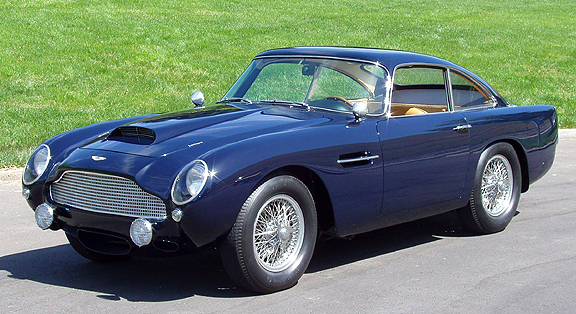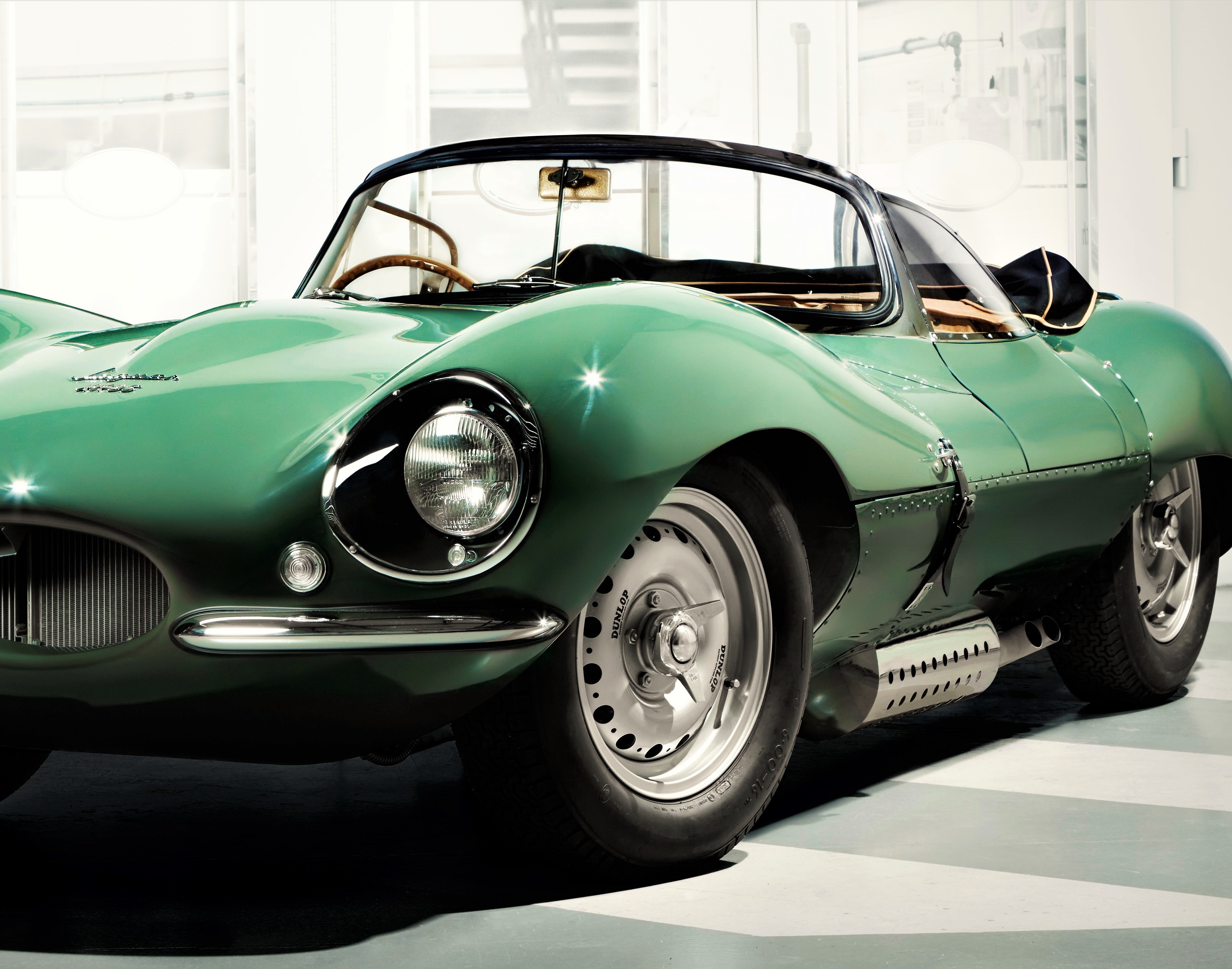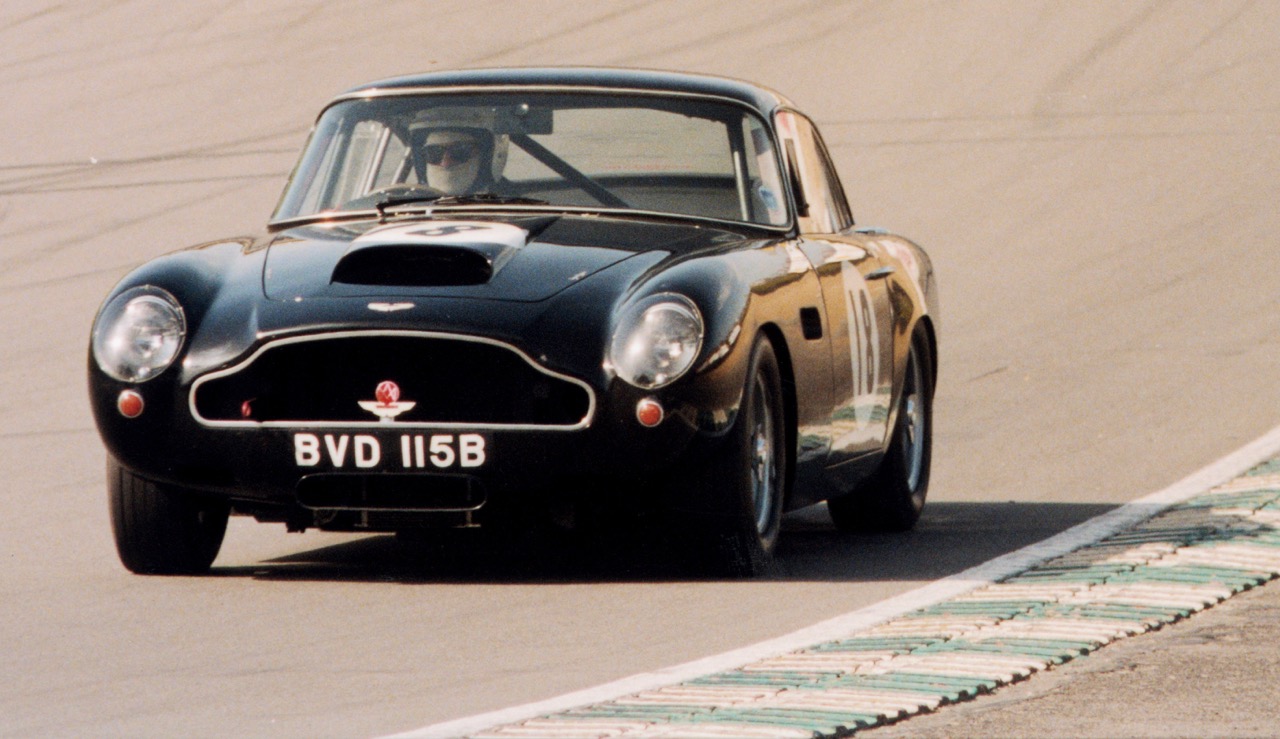
Aston Martin and Jaguar have announced continuation production of some of their most famous cars, namely the DB4 GT and the XK-SS. This is great news to be sure, as it allows more people to buy versions of these near-mythic cars at, in theory, prices much less than the cost of a period-built example.
With that being said, just what is a continuation car?
First, a continuation car is not a kit car.
The idea for continuation cars of historic models is often attributed to Carroll Shelby with his continuation Cobra cars, each with an authentic CSX chassis number. But this trend actually was started by Aston Martin with its DB4 GT Zagato continuation cars, which were called Sanction 2 cars and were built in 1988.
The idea for these cars was a result of Aston Martin having unutilized chassis numbers left over from the original production in 1960 specially bodied DB4 GT Zagato cars and deciding to use them by sending the chassis to Zagato along with an original DB4 GT Zagato to use as a template. Four such cars were built and sold for $1 million each.
As it turned out, Zagato actually built two extra body shells and in 1992 Aston Martin decided to turn those into complete cars as well. These cars, called Sanction 3 cars, finally were built in 2000.
Each of the continuation DB4 GT Zagato cars carries a period-correct Aston Martin chassis number assigned by the factory.
In the late 1980s, Shelby Automotive got into the continuation car game, building cars to order using the original chassis designs. Some of these cars bodies were crafted in aluminum and others in fiberglass, but all carry a Shelby CSX chassis number.
In a nutshell, a continuation car is a car that is sanctioned by the factory that built the cars originally. The continuation cars are built by craftsmen at those factories and are considered continuation cars even though they were built years later, though continuing to be built by the original manufacturers.

Which brings us to the DB4 GT and XK-SS. Both are interesting, and in a number of ways.
With the DB4 GT, the factory always intended to build 100 cars, but only 75 were built in period. The company has decided to complete the production run with this new batch of continuation cars.
The Jaguar XK-SS story is slightly different. Jaguar had always intended to build 25 XK-SS cars, but the company suffered a fire at its factory in 1957. Nine cars were destroyed in the blaze. As a result, the company could deliver only 16 complete XK-SS cars. What Jaguar decided to do recently is finally build those remaining nine cars.
So what do continuation cars mean to the classic market for original period built cars and how should they be valued?
Well, the continuation cars we have seen in the past have held their value nicely. They tend to drop in price a few years after they are built, but then they bounce back and sell for at least as much as they cost when first purchased. In addition, they seem to have had no adverse effect on the market for the original cars. In fact, the continuation cars seem at times to give a boost to the period-built cars’ prices.
“These cars are great because they pay tribute to the heritage of these companies the models which marked a high point for them,” said Don Rose, an RM Sotheby’s car specialist and owner of a period-built DB4 GT.
He added that continuation cars “remind people just how potent and special these cars, and the companies that built them. are.”
Rose said continuation cars are likely to hold their value — with one caveat: “as long as they build and sell all of the cars they planned on.”

And here is the good news and bad news of this story. The entire lot of 25 continuation DB4 GTs is spoken for, and at a price of 1.5 million pounds ($1.86 million) each. The nine Jaguar XK-SS continuation cars also have been pre-sold at a price of around 1 million pounds ($1.2 million) per example.
If that’s the good news, that the market for continuation cars is very strong, the bad news is you can’t buy one because they’re all gone.
On a happier note, you can still buy a continuation Shelby Cobra. These are really fantastic cars, with good build quality by Shelby Automotive. However, unlike Aston Martin or Jaguar, there don’t appear to be any production limits at Shelby.
Nonetheless, an extremely nice continuation Shelby Cobra sold at the Auctions America Hilton Head sale recently for only $115,000, a figure affordable for many enthusiasts. If I were in the market for such a car, I’d order one with an aluminum body and try to enjoy it every day.
For a reference point, the Aston Martin Sanction 2 and 3 continuation cars that sold for $1 million when new now change hands for around $2 million.

Might these latest continuation cars accelerate that trend? I feel that depends on what happens with the market for the period-built examples. If they continue to increase in price, the continuation cars will do so as well, though at a slower rate.
Regardless, I have to hand it to Aston Martin, Jaguar and Shelby for building continuation cars because it allows more of us to see and possibly own cars that otherwise have become all but unobtainable.
To those lucky people who bought the new DB4 GT and XK-SS continuation cars, all I can say is — congratulations.






So then an Avanti II could be considered as a bona fide ‘continuation car’, perhaps? Not made by Studebaker any more but certainly from leftover frames, OEM parts, new parts and assembled in part of the old original factory premises. A shame they are no longer produced, though. I’m lucky enough to have bought one of these beasts in pretty good condition very cheaply and I pinch myself occasionally to see if I’m not dreaming it.
Yes. I would think the Avanti would qualify.
To this day you can buy original parts from Studebaker International,
They were manufactured with the original chassis, frame and suspension until the mid 80’s.
Just the motor and trans were GM
Hey guys, I actually think of the Avanti as a car that really never went out production from the 1963 introduction as a Studebaker model through the end of the cars production in 2005. I love the Avanti myself and think they they are more than a continuation car and instead a car built in various different series so more of an evolved production car than a continuation car.
I am actually looking for a nice driver level early Avanti II in black if anyone knows of one.
Very interested to know your thoughts on the 50th Anniversary limited edition Shelby’s From the Cobra 289 to the 2015 Gt350’s. No more than 50 made and the Newest the GT40 has only 20 made. Looks like these are extremely under valued cars compared to the Jaguar and the Aston Martin. Thanks Mitch